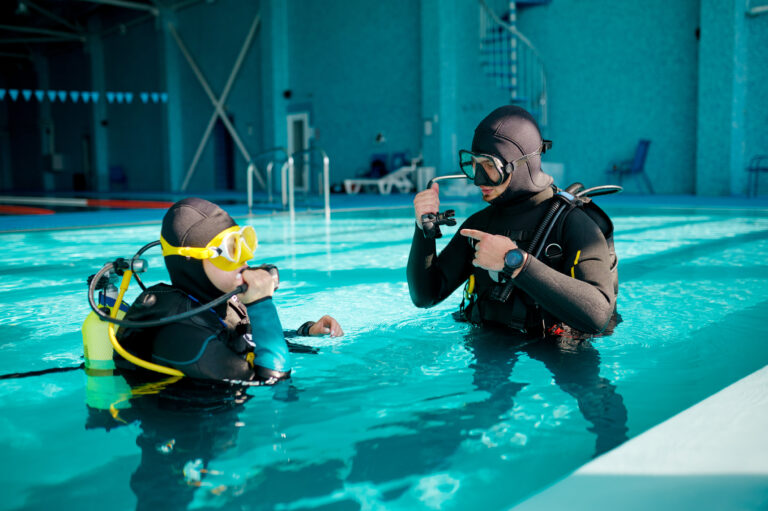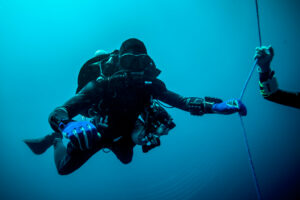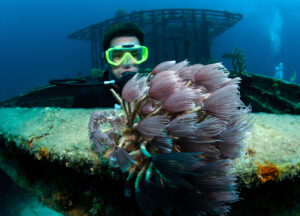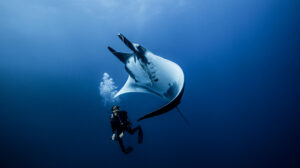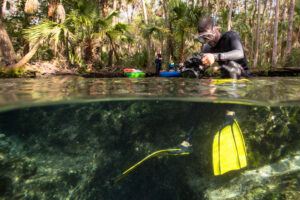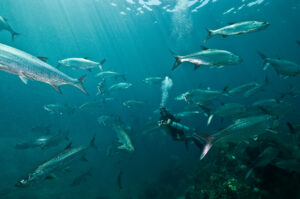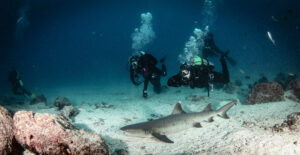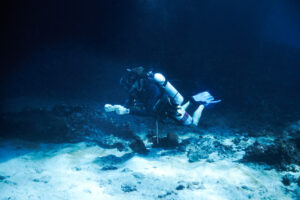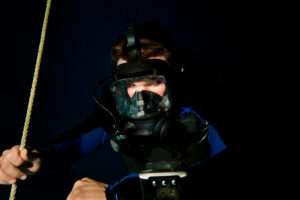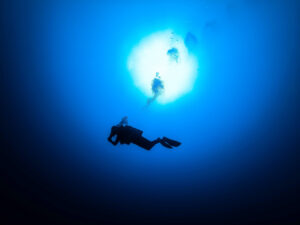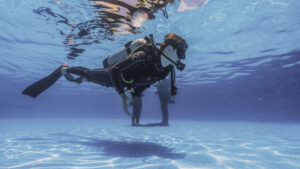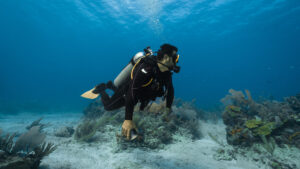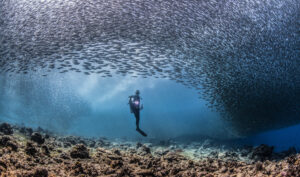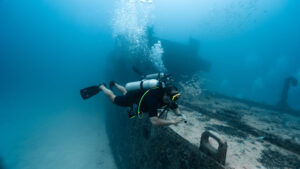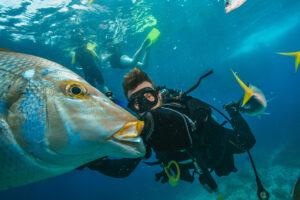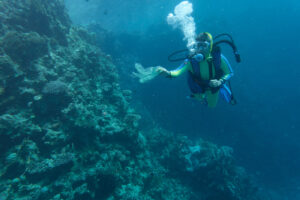What is a Quad Cylinder System?
A quad cylinder system, commonly used in advanced scuba diving, refers to a configuration where four individual cylinders are used to supply breathing gas. This setup is particularly important for technical and deep-sea divers who require extended gas supplies and redundancy for safety. The evolution of scuba diving equipment has seen significant advancements, and the quad cylinder system represents a pinnacle of such technological progress. This article delves into the historical development, components, usage scenarios, safety considerations, and the advantages and limitations of quad cylinder systems, providing a comprehensive understanding of their significance in scuba diving.
Historical Development
The journey of scuba diving technology from simple single-tank systems to complex multi-cylinder setups like the quad cylinder system reflects a broader trend of increasing safety and capability in underwater exploration. Initially, scuba divers relied on single or double tank setups, which were sufficient for basic recreational dives but limited in terms of depth and duration. The need for more extended dive times and greater depth capabilities led to the development of more sophisticated breathing systems.
In the early days of technical diving, divers began experimenting with triple and quad cylinder configurations. These setups provided the necessary gas volume for extended dives and introduced redundancy, which is crucial for safety. Innovators in the diving community, often driven by the challenges of cave and wreck diving, were at the forefront of these developments. They realized that having multiple cylinders not only extended their underwater time but also significantly reduced the risk associated with gas supply failures.
Over the years, technological advancements in materials, valve systems, and regulator designs have further refined quad cylinder systems. Early systems were cumbersome and required considerable physical strength and skill to manage. However, modern quad cylinder setups are designed to be more ergonomic and user-friendly, making them accessible to a broader range of divers. The introduction of lightweight, high-capacity cylinders and more efficient manifold systems has played a critical role in this evolution.
Components and Configuration
A quad cylinder system is comprised of several key components, each playing a vital role in ensuring the diver’s safety and performance underwater. The cylinders themselves are usually high-capacity tanks, made from materials like aluminum or steel, designed to hold large volumes of gas under high pressure. Typically, these cylinders are rated for pressures between 200 and 300 bar, providing a substantial gas supply for extended dives.
The regulator setup in a quad cylinder system is more complex than in single or double tank configurations. Each cylinder is equipped with its own first-stage regulator, which reduces the high-pressure gas to an intermediate pressure that can be delivered to the diver. These first-stage regulators are connected to a manifold system that allows gas to flow between cylinders. This manifold is a critical component, as it enables the diver to manage gas from multiple sources efficiently and switch between cylinders if necessary.
Manifold specifications can vary, but they generally include isolation valves that allow divers to control gas flow from each cylinder individually. This feature is particularly important in technical diving, where the ability to isolate a failing cylinder can be a lifesaver. Additionally, the use of multiple second-stage regulators, connected via long hoses, ensures that the diver can access breathing gas from any cylinder in an emergency.
Quad cylinder systems can be configured in different ways, with side-mount and back-mount being the most common. In a side-mount configuration, cylinders are clipped to the diver’s sides, providing better maneuverability and access. This setup is favored in cave and wreck diving, where tight spaces require greater flexibility. On the other hand, back-mount configurations have the cylinders mounted on the diver’s back, similar to traditional scuba setups, but with the added complexity of multiple tanks. This arrangement is often used in open water and deep diving scenarios.
Usage Scenarios
Quad cylinder systems are predominantly used in technical diving, where the requirements for gas volume and redundancy exceed what can be provided by single or double tank systems. One of the primary scenarios where quad cylinder systems are indispensable is in deep-sea diving. At greater depths, divers consume gas more rapidly due to increased pressure, necessitating larger gas supplies. Quad cylinder systems provide the necessary capacity to support these extended dives, allowing divers to explore deeper parts of the ocean safely.
Extended range diving is another common application for quad cylinder systems. These dives involve spending significant amounts of time at depth, often requiring multiple gas switches and decompression stops. The redundancy offered by four cylinders ensures that divers have ample gas supply for their planned bottom time and the critical decompression phase of the dive.
Cold water diving presents unique challenges, as low temperatures can increase gas consumption and the risk of equipment failure. Quad cylinder systems offer the advantage of carrying sufficient gas to compensate for these increased demands. Additionally, the redundancy of multiple cylinders provides a safety buffer, as the cold can sometimes cause regulator freezing. Having multiple regulators distributed across four cylinders reduces the risk of complete gas supply failure.
Safety Considerations
While quad cylinder systems offer significant benefits, they also introduce potential risks and challenges that divers must manage carefully. One of the primary concerns is the increased complexity of the setup. Managing four cylinders, multiple regulators, and a manifold system requires a higher level of skill and experience compared to traditional single or double tank systems. Divers must undergo specialized training to learn how to handle these systems safely and effectively.
Regular maintenance and inspection of quad cylinder systems are crucial for safety. The increased number of components means more potential points of failure. Cylinders must be inspected for structural integrity, valves and manifolds must be checked for proper operation, and regulators need to be serviced regularly to ensure they function correctly under high pressure. Proper maintenance routines help prevent equipment failures that could lead to emergencies underwater.
Training and certification are essential for divers using quad cylinder systems. Many diving organizations offer specialized courses that cover the use of multiple cylinder configurations. These courses teach divers how to manage gas supply, handle emergencies, and use the equipment efficiently. Certification ensures that divers have the necessary skills and knowledge to operate quad cylinder systems safely.
Emergency procedures specific to quad cylinder setups must be well understood and practiced. In the event of a gas supply issue, divers need to know how to isolate the problem, switch to an alternative gas source, and communicate effectively with their dive partners. Drills and practice sessions are a key part of preparing for real-world diving scenarios, helping divers build the confidence and proficiency needed to handle emergencies.
Advantages and Limitations
Quad cylinder systems offer several advantages over traditional single or double tank setups, making them a preferred choice for many technical divers. One of the primary benefits is the extended dive times they allow. With four cylinders, divers can carry a larger gas supply, enabling longer bottom times and more extensive exploration. This is particularly important in deep and technical diving, where divers often spend considerable time at depth and require substantial gas reserves for decompression stops.
Redundancy is another significant advantage of quad cylinder systems. Having multiple independent gas sources reduces the risk of a complete gas supply failure. If one cylinder or regulator fails, the diver can switch to an alternative source without compromising safety. This redundancy is crucial in technical diving, where the consequences of a gas supply failure can be severe.
However, quad cylinder systems also have limitations and challenges. One of the main drawbacks is the increased weight and bulk of the equipment. Carrying four cylinders, along with the associated regulators and manifold system, adds significant weight and can be physically demanding. Divers need to be in good physical condition to handle this load, both on land and in the water. For instance, a full set of four aluminum cylinders can weigh around 65 kg (143.3 lbs), which can be challenging to manage, especially during shore entries and exits.
The complexity of quad cylinder systems also means that they require a higher level of skill and experience to operate effectively. Divers need to be proficient in gas management, emergency procedures, and equipment handling. This level of expertise often comes with extensive training and practice, making quad cylinder systems less suitable for inexperienced divers.
Key Takeaways
Quad cylinder systems represent a sophisticated and highly capable configuration for technical and deep-sea divers. Their ability to provide extended gas supplies and redundancy makes them invaluable for extended and challenging dives. However, the increased complexity and physical demands of these systems require specialized training and a high level of proficiency. Understanding the components, configurations, usage scenarios, and safety considerations is essential for anyone considering the use of quad cylinder systems in their diving activities.

